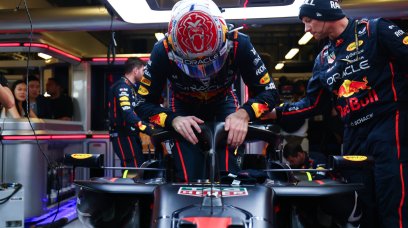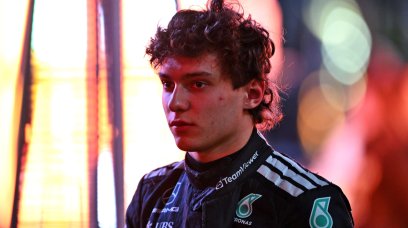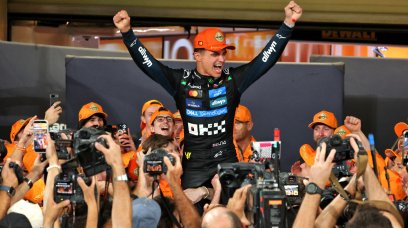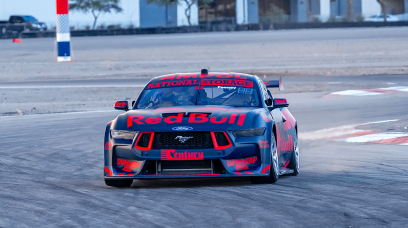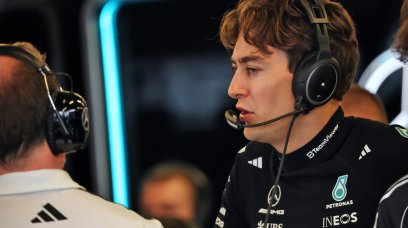Mercedes have explained Lewis Hamilton's terse radio message in the closing stages of the Australian Grand Prix. The seven-time World Champion was running in fourth place, close behind teammate George Russell, when a radio message was broadcast from the #44 machine. "You guys put me in a really difficult position," Hamilton said, which could have been interpreted as annoyance with having lost a place to Russell during the pit-stops due to the timing of the Safety Car. On Sunday evening, Hamilton clarified that the comment wasn't related to the changing of positions, and was a reference to an overheating problem he was experiencing with his W13. "Basically, I couldn't race for position because the car was overheating, so I had to back off," Hamilton told media, including RacingNews365.com , after the race.
Hamilton's engine cooling was on the limit
Mercedes' Motorsport Strategy Director, James Vowles, has since added further detail to the issues that Hamilton was encountering when he sent his radio message. "That was all about engine cooling and keeping the PU (power unit) cool during the course of the race," Vowles said in Mercedes' post-race debrief. "We push everything to the limit, as you would imagine, and one of those is engine cooling, and you do that by closing up the bodywork or changing the louvre design at the back of the car. "That decision is made on Saturday, but obviously we are racing on Sunday, 24 hours later. "In this particular circumstance, the ambient [temperature] was one, maybe two degrees warmer than we had expected. "As a result of that, ourselves - and not just ourselves, you would have heard it from teams up and down the grid - were right on the limit of what the engine and the PU can take in terms of cooling requirements."
Hamilton's temperatures climbed following Russell
With Hamilton close behind his teammate, his engine temperatures were soaring and, as a result, he needed to take action by moving away from the optimal racing line in a bid to control them. "During the course of the race, when you are following a car, it meant that Lewis had to compromise what he was doing," Vowles explained. "He had to move out of the dirty air of the car in front of him and make sure he got cool, clean air through the radiators to drop the PU temperatures down, but doing that makes racing the car in front incredibly difficult, and that's why his message came out." Hamilton went on to finish the race in fourth position, behind Russell.
Most read
